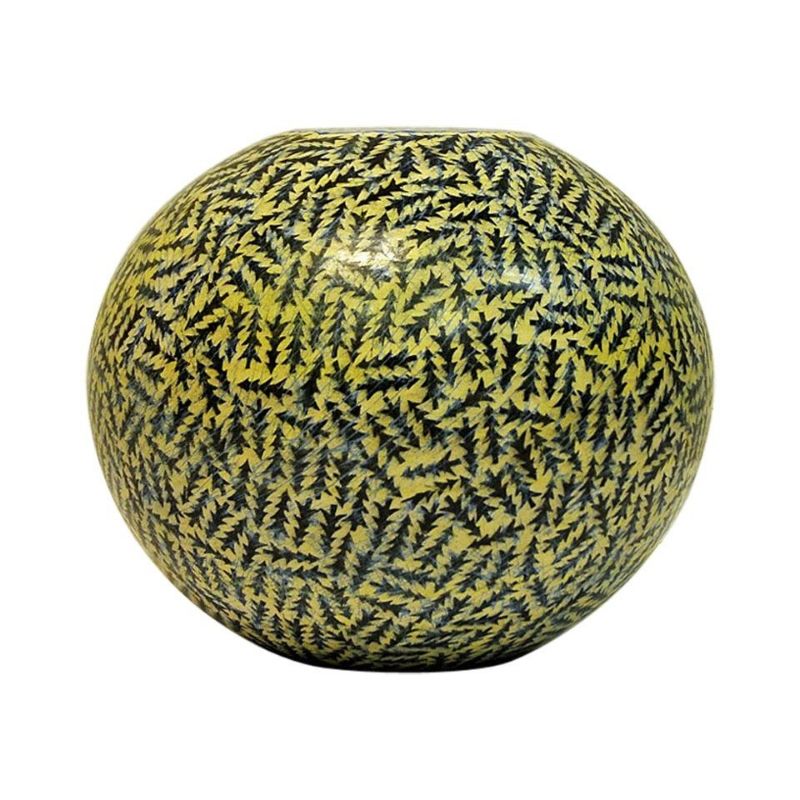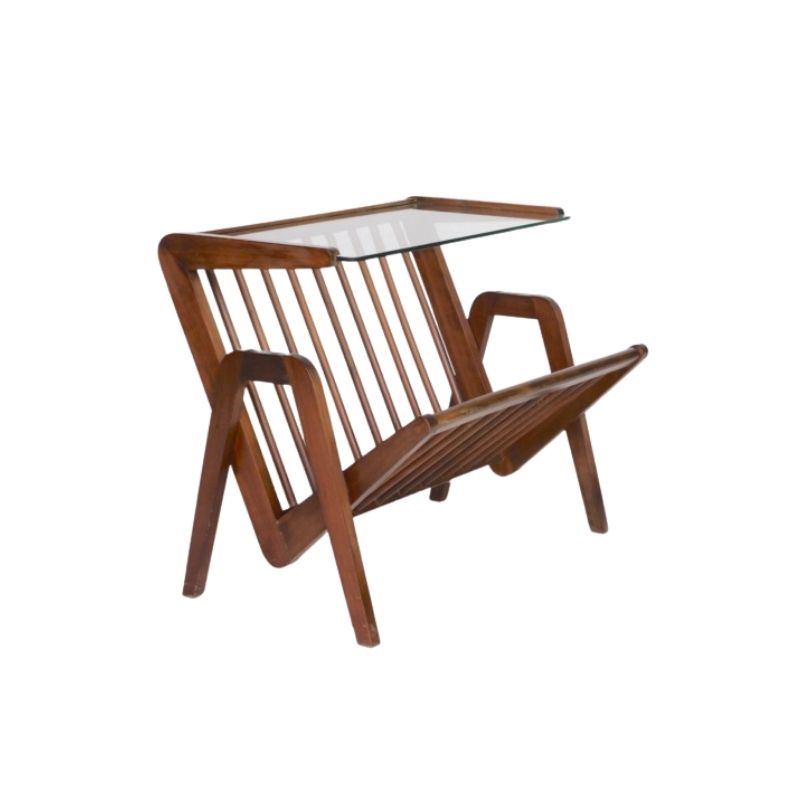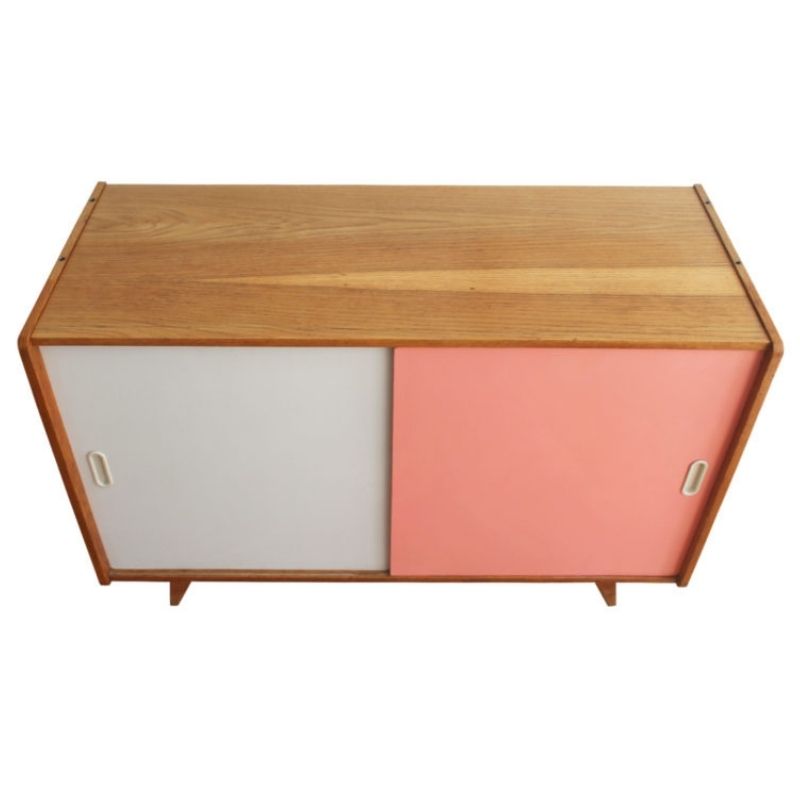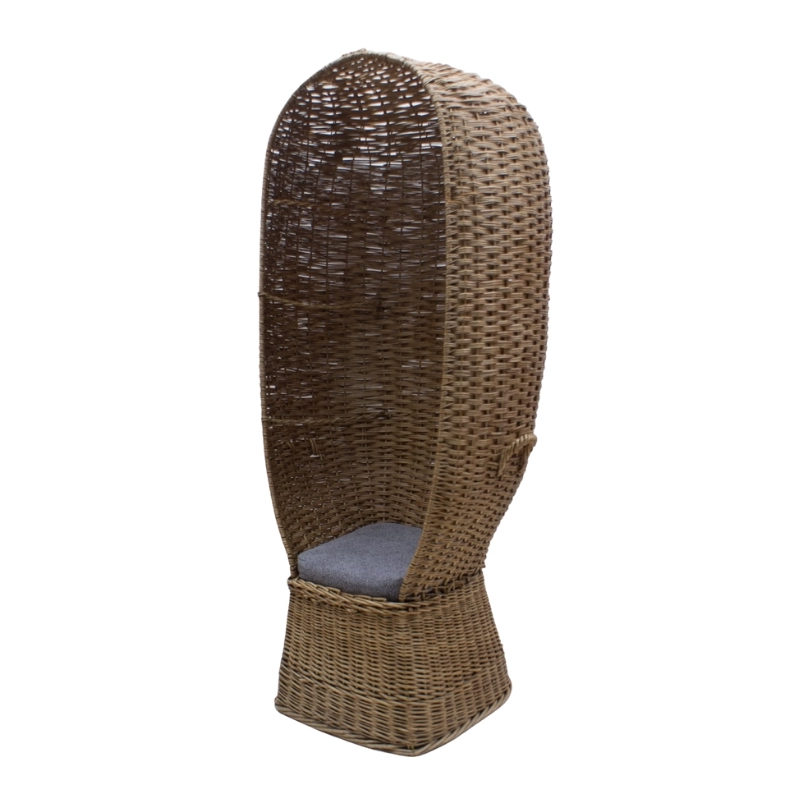Dear folks,
how would you fix this crack on a back of a Danish arm chair? Many thanks in advance for any hints!





Well, a metal plate might be a good option, but I doubt that would last long. Indeed a wooden joinery would be probably a better choice. Most likely I would need to cut the broken part and glue a new piece of wood instead. Yes, hiring the job out would eat up the margin for the chair if not more. Also don't know any who could do the job in my city.
@browkin Oh boy. What you'd usually do is cut out the broken piece and replace it with a new piece of wood. But this seems to be a hard job with plywood. My first instinct therefore was to make a completely new backrest which is not an easy thing to do. Then I thought that glueing might be possible with epoxy, because it fills all the voids and cracks and is pretty strong. It also seems you have some surface there for the glue to work. But you'd have to make sure that the glue really goes everywhere, clamping would have to be just perfect. Will the repair be visible? I guess you upholster the backrest?
"People buy a chair, and they don't really care who designed it." (Arne Jacobsen)
A proper repair would require the finicky task of fashioning and fitting a loose (or "floating") tenon for joining the bent-ply backrest to the solid wood arm. Disassembling the back/arms from the rest of the chair seems unavoidable. Then there's devising a clamping strategy for for holding it all together when gluing. Again, a tricky proposition where there are few if any flat or square bearing surfaces to work with.
If it were mine, I might decide to chalk this one up to experience and move on.
@herringbone: Thank you for the hint with epoxy. I will talk to a neighbour, who works often with that sort of material. Yes, the backrest will be reupholstered. And of course agree to the clamp strategy. Especially of those backrests the clamps are absolutely tricky.
@tktoo2: Thank you for the hint with disassambling. My intention was not to touch the other joint, cause the connection there is pretty solid. But I might try to pull there a couple times in case it gets any movement, so I can take it apart.
@alexjohn: Thanks for your comment! I still don't dare to tackle the big project. 🙂 I think Because I don't have a definite solution in my head yet. But I'll start one day and document the repair in pictures.
Good day, just wanted to send an update about this repair. Finally I gave it away to a person who is skilled enough in repair things. As far as I got him, he used here a kind of aluminium glue and an internal metal reinforcement. This sounded like rocket science to me, but the result is brilliant. The broken corner is bombproof. The chair is going now to a reupholsterer.






@browkin, Thank you for update. Looks good! (good enough to be covered by upholstery, anyway 😉)
Typically, I don't recommend using epoxy for repairs on high-end vintage wood furniture because it's nearly impossible to remove should future repairs be needed. In this case, though, I think epoxy, screws, and a metal spline are entirely appropriate. I hope you bought your repair person a nice bottle of wine!
@tktoo2: We agreed on a price which is nearly a good bottle of wine. 🙂
PS: Here is by the way another repair of the same person. Kai Kristiansen chair, which back was completely broken in 2 parts. He used vertical bicycle spokes (in addition to glue) to put the two halves back together. Very satisfied with this work. The back will be as well totally reupholstered.





@browkin Also a nice job. Guy seems to be inventive!
Just one thing I can't keep to myself: The chair was not designed by Kai Kristiansen. It was made by Korup Stolefabrik which Kai never worked for. Presumably it was designed by Henry Kjaernulf who drew for Korup at a certain time, but I have never seen a documentation with a designer's name for this chair.
"People buy a chair, and they don't really care who designed it." (Arne Jacobsen)
If you need any help, please contact us at – info@designaddict.com









